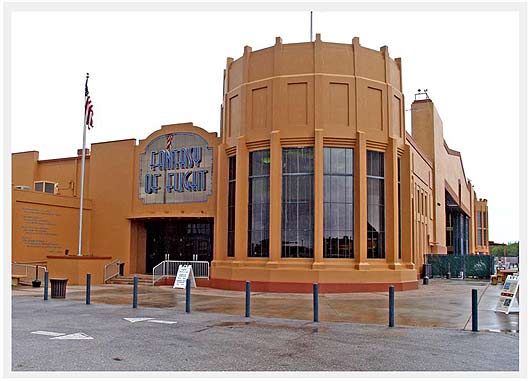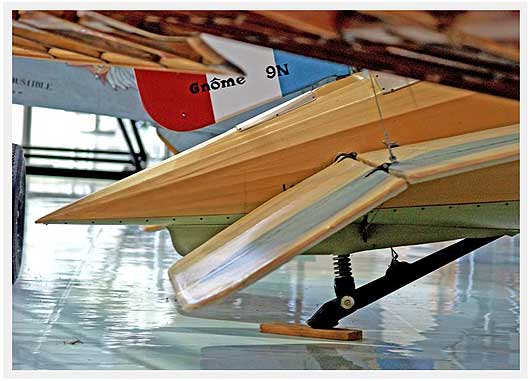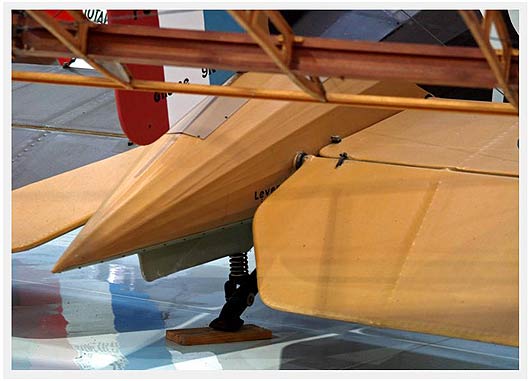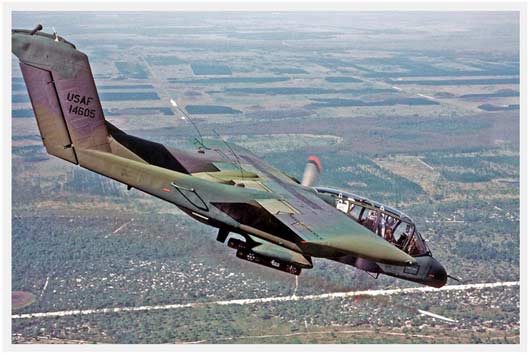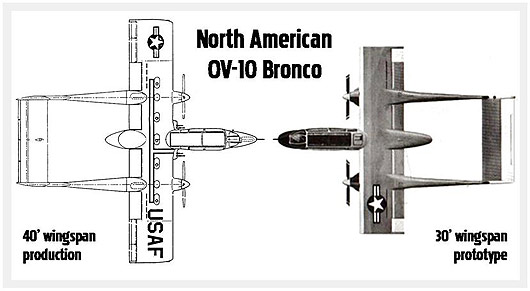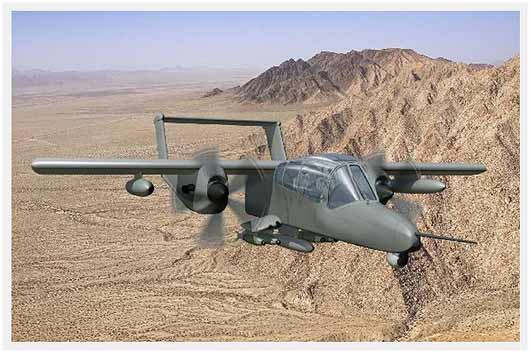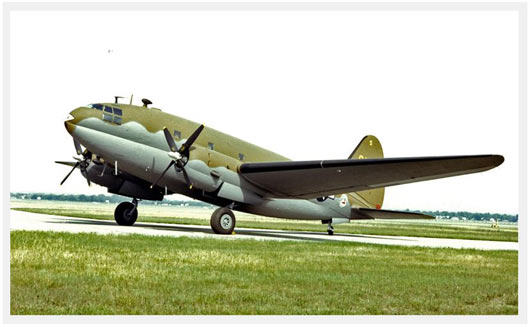CoolPix - Homebuilt: 1959 Trautman 'Road Air' Flying Car (Sorta)
 Tuesday, April 27, 2010 at 07:47PM
Tuesday, April 27, 2010 at 07:47PM Most of the large collection of airplanes at the Fantasy of Flight Museum are either military or production models, there are only a handful of special ’experimental’ aircraft. The one pictured here in this CoolPix is one of those exceptions… it’s a one-of-a-kind flying car named ‘Road Air’ built in 1959 by a guy named Herb Trautman. Now it’s important to understand that the term flying car has to be used rather loosely here as it seems this unusual machine only flew once, getting just 3 feet off the ground. Herb decided after that 90 mph experience that ‘Road Air’ really wasn’t fit for either the road or the air.
The somewhat lifting body design actually has pivoting wings that are stowed behind the main gear. In these pictures, the left wing is partially swung out. I couldn’t find any pictures of this thing with the wings fully deployed, but after giving it some thought, I think Mr. Trautman was on to some pretty good thinking here. To me, the biggest problems are that the wings are pretty small, it’s kinda heavy with a 1,000 pound gross weight, and it only has 85hp. Add to that the likelihood that he didn’t have the benefit of wind tunnel testing to ensure that the tail surfaces were up to the task, and it’s easy to see why it only flew once.
However, when I think thru all of the flying car designs I’ve seen over the years, the basic design philosophy here seems remarkably viable. It sure would be interesting to see how a lightweight carbon fiber version with about 120hp and more wing area would perform. We may never know, but at least it’s really cool to see this unique piece of aviation history beautifully on display at Fantasy of Flight : )
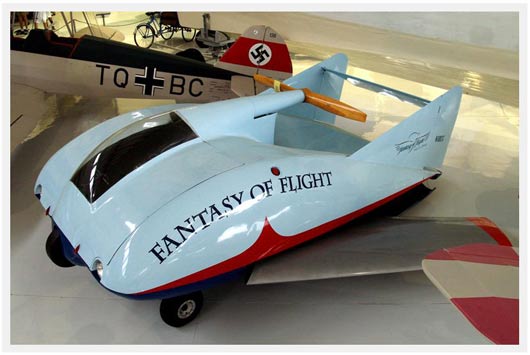 Left wing of the 'Road Air' flying car partially deployed
Left wing of the 'Road Air' flying car partially deployed
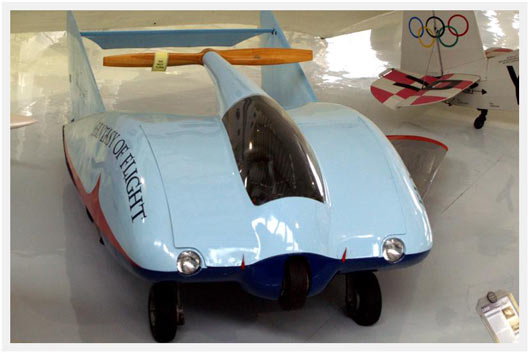 All things considered, the 'Road Air' was a really interesting concept
All things considered, the 'Road Air' was a really interesting concept
















































































